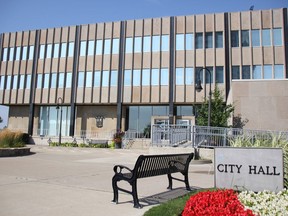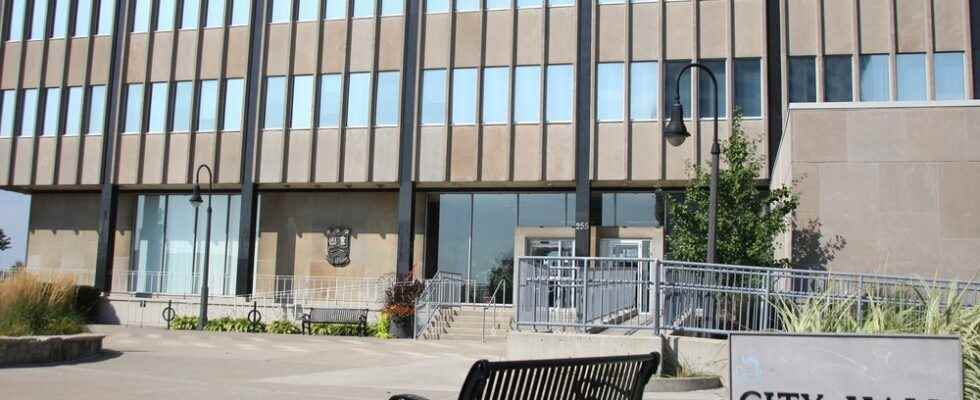Another 50 or so property owners with lead service lines, leaching lead into their drinking water, are queuing for the next city tender to have those lines removed and replaced, Sarnia’s operations and engineering general manager says.

Another 50 or so property owners with lead service lines, leaching the cumulative toxicant into their drinking water, are queuing for the next city tender to have those lines removed and replaced, Sarnia’s operations and engineering general manager says.
“We continue to encourage property owners to reach out and get on the list,” David Jackson said.
Sarnia announced last July it was covering the cost of lead-line replacements for homeowners, as well as those extending into public right-of-ways, over two to three years in a bid to try to make the city’s water lead-free.
Of the 192 properties with lead lines verified via testing, historical records and other means, 50 were replaced in 2020 and last year while another 142 remain, Jackson said. Another 246 were previously replaced in the preceding two to three decades.
“Our next tender, right now we have about 50 properties included in that tender,” he said, noting that will go out soon.
A recent city water distribution system update says the provincial limit of 10 micrograms per litre, or 10 parts per billion, was not exceeded during two system sample periods at 16 sampling points last year.
Tea same report indicated a corrosion control program under the municipal drinking water license was being replaced this month with a lead removal program.
“Initially, the city had predicted we could have thousands of lead service lines” and needed to consider adding chemicals into the water distribution system to prevent lead leaching, Jackson said about the testing process that began around 2018.
Because the number of lead service lines has proven lower – testing has been primarily in the city’s southwest, where most of the homes old enough to have potentially used lead service lines are located – using chemicals has been deemed unnecessary, Jackson said.
“We’ve switched to the approach of just removing the lead lines.”
The recent report is just finalizing that paperwork, he said.
Even at low levels, lead exposure can pose a risk to fetuses, babies and young children because it can inhibit brain development.
A $3.4-million sewer separation project for Shepherd, Alfred and Russell streets this year will also include replacing lead service lines, Jackson said.
The city also co-ordinates the work for lead lines found on private property, he said.
“Really, we’re trying to remove all those barriers and make it as easy as possible.”
